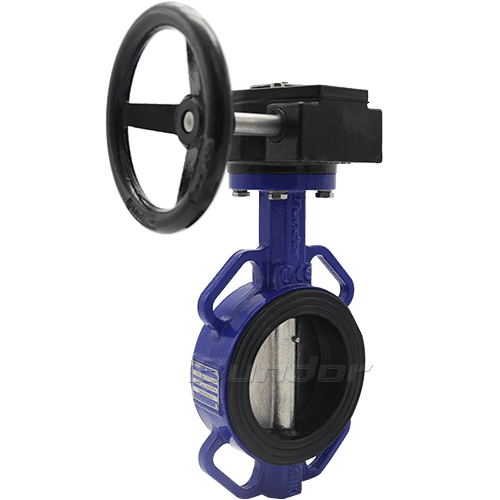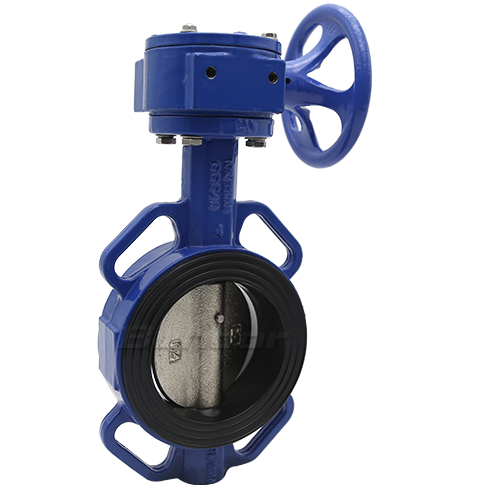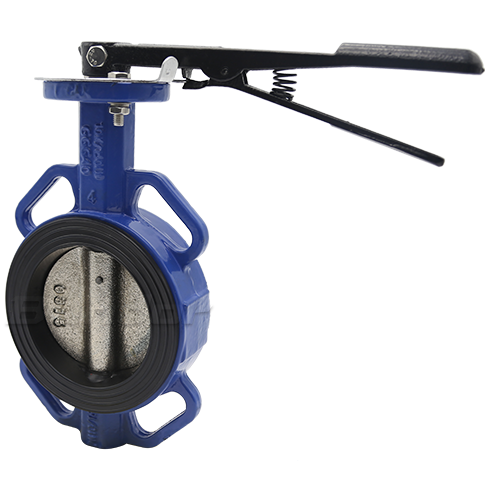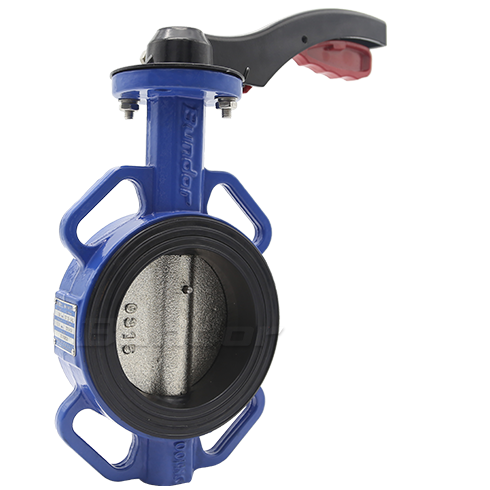The name of the center line butterfly valve is classified according to the structure of the butterfly valve. In addition to the center line butterfly valve, there are several kinds of single eccentric butterfly valve, double eccentric butterfly valve, and triple eccentric butterfly valve. This is determined according to the position of the center of the butterfly plate in the valve body. The structural feature of the centerline butterfly valve is that the shaft center of the valve stem, the center of the butterfly plate, and the center of the body are in the same position.
The centerline butterfly valve has a simple structure and is convenient to manufacture. It is usually a soft-seal valve seat, which is made of rubber or polytetrafluoroethylene and other elastic materials; the centerline butterfly valve has very good sealing performance and can achieve zero leakage. Due to the limitation of the sealing material itself, the centerline butterfly valve can only be used in a normal temperature and low pressure environment, and is not resistant to high temperature and high pressure.
Wafer butterfly valves are named according to the connection method of the butterfly valve. In addition to the butterfly valve with the wafer connection, there are flange connection, card box type, welding type and so on.
Wafer butterfly valve can be soft-sealed or hard-sealed; it can be a centerline structure or an eccentric structure.
The centerline butterfly valve can be a wafer type or a flange type.
The centerline butterfly valve may be a wafer connection, and the wafer butterfly valve may also be a centerline structure.
Therefore, the centerline butterfly valve and the wafer butterfly valve are two different butterfly valve classifications. In fact, the two are not comparable. It is enough to choose the correct butterfly valve form according to different working conditions.








